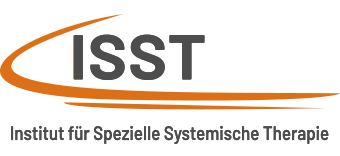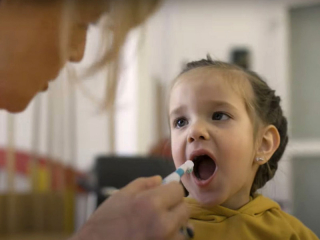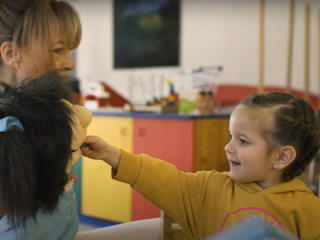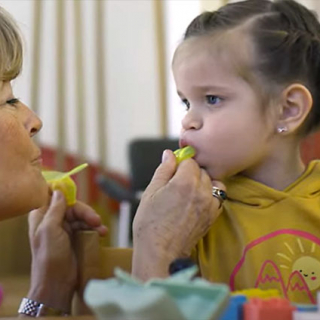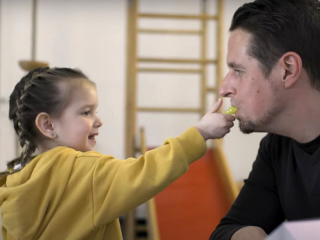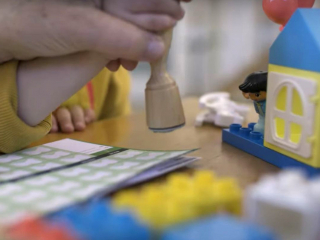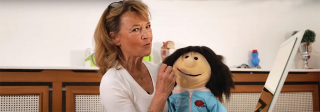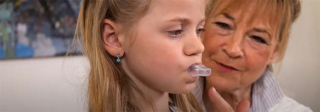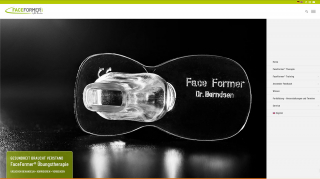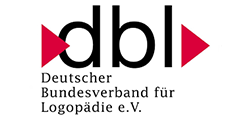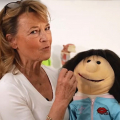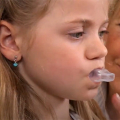Continuous motivation
In order to create the best possible conditions for the biologically correct development of a child, existing disorders of complex functional patterns that affect growth and posture must be recognized early and replaced by biologically correct functions. The earlier this is achieved, the lower the risk of negative effects developing, leading to a variety of health problems and subsequent treatment.
Conclusion
FaceFormer training can be successfully integrated into the everyday lives of young children if it is carried out playfully and with patience. Parental involvement and the use of rewards are crucial factors in increasing children’s motivation and making the therapy successful. Therapists and parents should work closely together to achieve the best results.
